
Different SUP Fishing Approaches to Try
Stand-Up Paddleboarding (SUP) fishing is a great way to explore water bodies while fishing. It offers an opportunity to cover more ground than traditional fishing, providing access to harder to reach spots. With the increasing popularity of SUP fishing, there are various approaches and techniques to try. In this article, we will explore some of the different SUP fishing approaches to try, including:
Key Highlights
- Drift Fishing: Utilize a drift anchor to maintain control while your board moves with the current, ideal for calm waters.
- Trolling: Cover more ground by paddling with a trailing lure, keeping it at a consistent depth for effective fishing.
- Sight Fishing: Target visible fish in clear waters by approaching quietly to avoid spooking them.
- Chumming: Attract fish by throwing bait into the water, useful in murky conditions for drawing fish closer.
- Casting: Aim your lure towards structures where fish hide, requiring precision and patience for success.
- Fly Fishing: Employ artificial flies in rivers and streams, a skillful method demanding practice but offering great rewards.
- Bottom Fishing: Drop bait to the water's bottom, waiting for bites in deep waters or near underwater structures.
- Jigging: Attract suspended fish by moving your bait up and down, keeping a consistent rhythm.
- Topwater Fishing: Use surface lures to target species feeding at the water's top, mimicking prey movements.
- Live Bait Fishing: Use live bait to appeal to fish's natural feeding instincts, keeping bait lively for effectiveness.
- Jugging: Set multiple baited hooks on floats to drift, covering more area in large water bodies.
- Drop Shot Fishing: Position bait at a specific depth with a weight, suitable for suspended fish targeting.
- Paddle Tail Fishing: Utilize a soft lure with a lifelike tail action to attract prey-feeding fish.
- Vertical Jigging: Jerk bait vertically to entice bottom-dwelling fish, requiring quick movements.
- Jerkbait Fishing: Mimic injured fish with lures, attracting predators through erratic movements.
1. Drift Fishing.
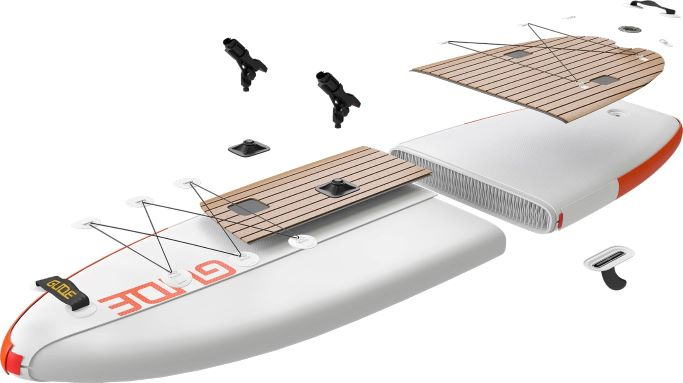
Drift fishing is an effective SUP fishing approach, where you allow your board to drift along with the current while you fish. To do this, you will need to have a drift anchor attached to your board. A drift anchor helps to keep your board from drifting too fast or too far away. This approach is ideal for calm water bodies with light winds and currents.
2. Trolling.
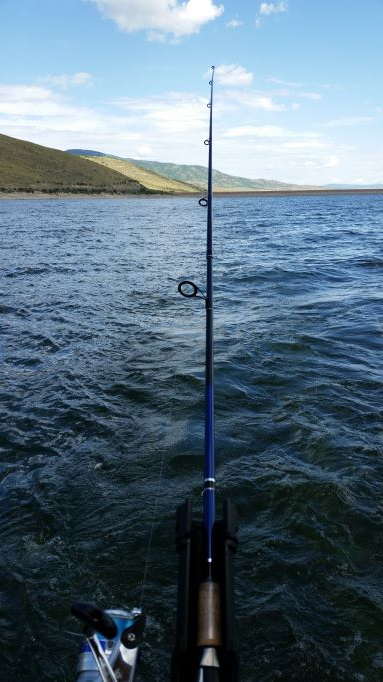
Trolling is another popular SUP fishing approach, especially in larger water bodies. It involves paddling your board and dragging a lure behind it. This technique allows you to cover more water ground and target more fish. When trolling, it's important to keep your lure at a consistent depth and speed.
3. Sight Fishing.
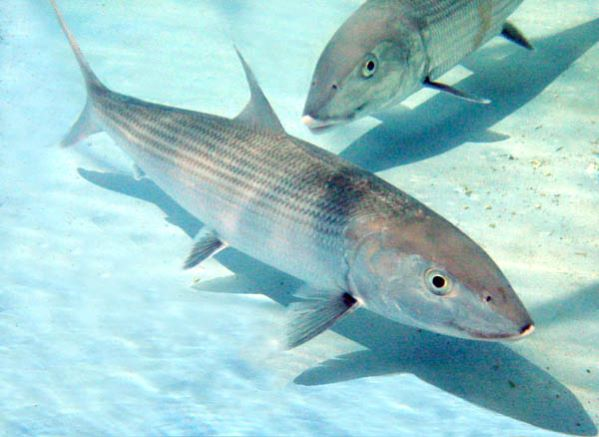
Sight fishing is a technique that allows you to target specific fish that you can see swimming near the surface. This approach is best used in clear water bodies, where you can see fish swimming beneath the surface. When sight fishing, you need to be quiet and approach the fish slowly to avoid spooking them.
4. Chumming.
Chumming is a technique that involves throwing bait into the water to attract fish. This technique is especially useful in murky water bodies, where visibility is low. Chumming allows you to attract fish to your board and increase your chances of catching them.
5. Casting.
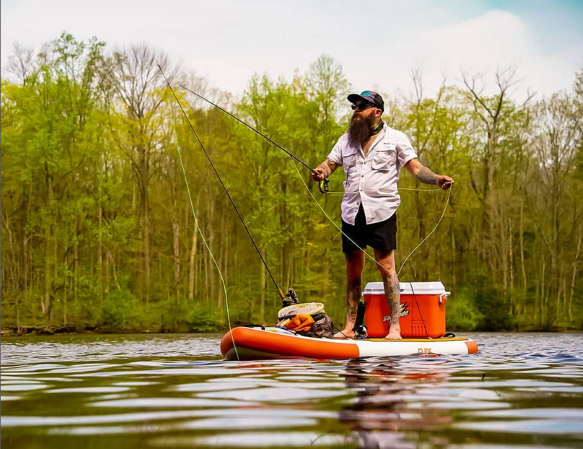
Casting is a technique that involves throwing your lure or bait towards a specific target. This approach requires good aim and accuracy, but it can be very effective when targeting specific fish species. When casting, it's important to aim for structure, such as logs or rocks, where fish are likely to hide.
6. Fly Fishing.
Fly fishing is a technique that involves using artificial flies to attract fish. This technique is best used in rivers and streams with clear water. Fly fishing requires skill and practice, but it can be very rewarding when you catch a fish.
7. Bottom Fishing.
Bottom fishing involves dropping your bait or lure to the bottom of the water body and waiting for a fish to bite. This approach is best used in deep water bodies and around underwater structure. When bottom fishing, it's important to keep your bait or lure near the bottom and watch for any signs of fish.
8. Jigging.
Jigging is a technique that involves moving your bait or lure up and down in the water column to attract fish. This approach is effective when targeting fish that are suspended in the water column. When jigging, it's important to keep your bait or lure at a consistent depth and rhythm.
9. Topwater Fishing.
Topwater fishing involves using lures or bait that float on the surface of the water to attract fish. This technique is effective when targeting fish that feed on the surface, such as bass and trout. When topwater fishing, it's important to use a lure or bait that mimics the movement of prey, such as frogs or insects.
10. Live Bait Fishing.
Live bait fishing involves using live bait, such as worms or minnows, to attract fish. This technique is effective when targeting fish that feed on live prey. When live bait fishing, it's important to keep your bait alive and healthy and to use a hook that is appropriate for the size of the bait.
11. Jugging.
Jugging is a technique that involves setting up several lines with baited hooks and attaching them to floats or jugs. The jugs or floats are then left to drift with the current while you wait for a fish to bite. This approach is effective in large water bodies, such as lakes and rivers, and it allows you to cover more ground.
12. Drop Shot Fishing.
Drop shot fishing is a technique that involves attaching a weight to your line and dropping your bait below it. This approach allows you to keep your bait at a specific depth while you fish. Drop shot fishing is effective when targeting fish that are suspended in the water column.
13. Paddle Tail Fishing.
Paddle tail fishing is a technique that involves using a soft plastic lure with a paddle tail. The paddle tail creates a lifelike swimming motion that attracts fish. This approach is effective when targeting fish that feed on smaller prey, such as bluegill and crappie.
14. Vertical Jigging.
Vertical jigging is a technique that involves dropping your lure or bait to the bottom of the water body and then jerking it back up. This approach creates a vertical motion that attracts fish. Vertical jigging is effective when targeting fish that are close to the bottom, such as grouper and snapper.
15. Jerkbait Fishing.
Jerkbait fishing involves using a lure that imitates a wounded fish. The lure is then jerked back and forth to create a lifelike motion that attracts fish. This approach is effective when targeting predatory fish, such as bass and pike.
In conclusion, there are various SUP fishing approaches to try, each with its own benefits and techniques. Whether you are looking to target specific fish species or explore new water bodies, these different approaches can help you become a more versatile and successful SUP fisherman.
FAQs.
-
What equipment do I need for SUP fishing?
-
You will need a paddleboard, paddle, personal flotation device, fishing gear, and a drift anchor or trolling motor.
-
Can I SUP fish in saltwater?
-
Yes, you can SUP fish in saltwater. However, you will need to rinse off your equipment with freshwater after each use to prevent corrosion.
-
Is SUP fishing safe?
-
SUP fishing can be safe as long as you wear a personal flotation device, check weather and water conditions before heading out, and follow basic safety guidelines.
-
What is the best time of day to SUP fish?
-
The best time of day to SUP fish is early morning or late afternoon, when fish are most active.
-
Do I need a fishing license for SUP fishing?
-
Yes, you will need a fishing license for SUP fishing, just like any other type of fishing. Make sure to check your state's fishing regulations before heading out.
Glide Paddle Boards SUP Fishing Tips.

Paddle board fishing a comprehensive guide.
The Glide O2 Angler. Fishing sup board perfect for your next fishing adventure. Glide makes the right paddle board for all your paddle boarding adventures.
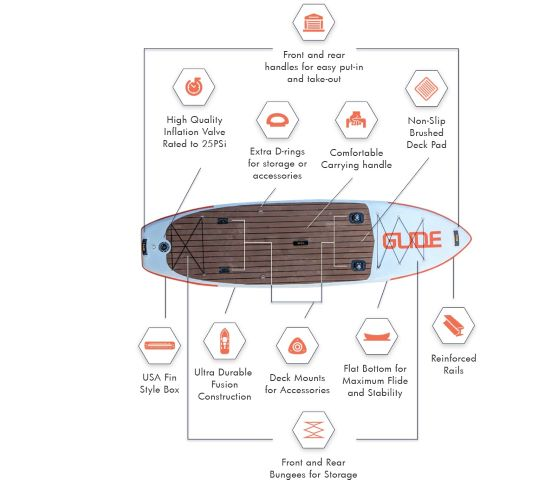
Glide beginners tips to sup fishing.
Paddleboard fishing, can you fish from a sup?
Landing fish while SUP fishing: Tips and techniques.
Fishing from a Paddle Board: Tips and Tricks for a Successful Experience!
Tips for Spotted Seatrout SUP Fishing.
The Ultimate Guide to Light vs. Dark Colored Lures: Maximize Your Fishing Success.
How to Fish from a Paddle Board: A Beginner's Guide to Spring SUP Fishing.


